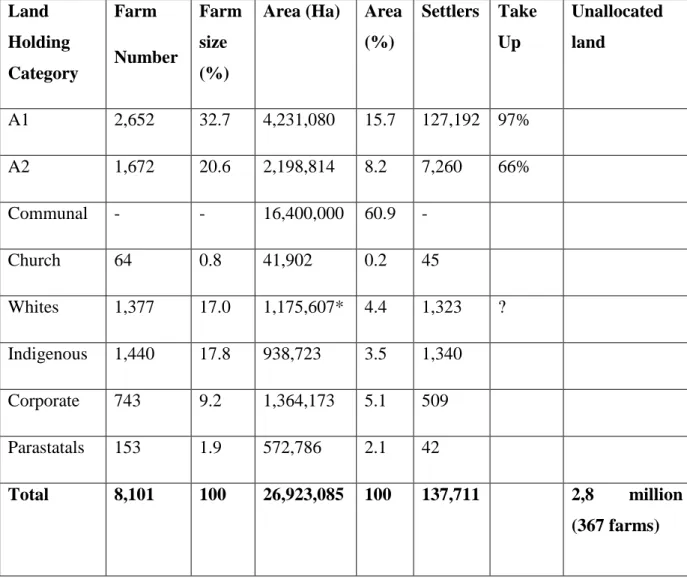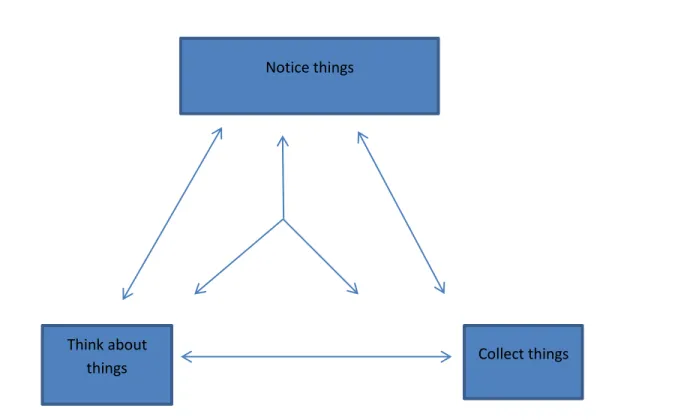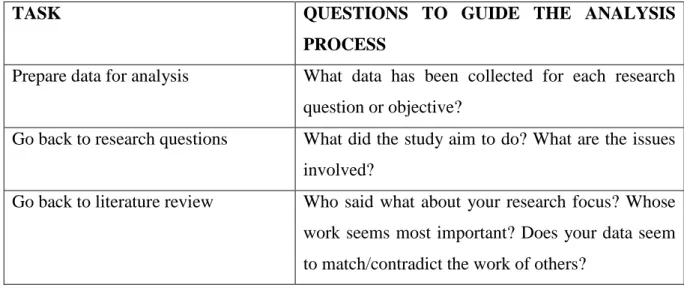After the collapse of the Fast Track Land Reform Program in Zimbabwe, agricultural production fell and the slump continued for a decade. In addition, relations between the state and farmers were examined to determine how the relationship affected the agricultural production of the new farmers. It concludes that farming strategies employed by the new farmers at Debshan have an impact on the agricultural production of the farmers.
This haphazard nature of land reform was endorsed by the state which provided material and logistical support (Chaumba et al, 2003a and 2003b). Were geographical and climatic factors taken into account in the selection of agricultural strategies in Shangani. Agricultural production rates of young farmers have deteriorated compared to those of old farmers.
I described a research problem that focused on the decline in agricultural production after the FTLRP, and this decline was closely related to the agricultural strategies of the new farmers. This study hypothesized that farmers' new strategies did not respond to the needs of Shangani's climatic conditions.
Chapter Two: Literature Review
Moyo (2007) notes that after decolonization, the land issue faced by many southern African countries was intensified by the slow progress of land reform. The selection criterion for the beneficiaries of the land reform was elitist in nature as it favored the powerful over the poor and landless. This caused inequality in access to the country's natural resources such as prime land, exacerbating the land issue in Zimbabwe (Moyo, 2000).
The need to reward the victors of the war and redress social inequalities was the main construct of the land issue in Zimbabwe before land reform. Following the 1998 Land Donor Conference held in Zimbabwe, the principles of the Land Reform and Resettlement Program Phase 2 (LRRP-2) were established and the Initial Phase Framework Plan (IPFP) was drawn up to guide LRRP-2 (Bowyer- Bower and Stoneman, 2000) This example may bring a new dimension to the land reform narrative in Zimbabwe.
Black smallholders and black community farmers contributed partially to the sector's total output. In 1981, 75% of agricultural production in Zimbabwe was contributed by large-scale commercial farmers alone (Weiner et al, 1985). However, it remains controversial in Zimbabwe as the land reform is said to have been undertaken to regain political patronage in the run-up to the general elections.
The relationship between agricultural production and land reform was discussed, giving a clear picture of production levels in Zimbabwe before and after the FTLRP.
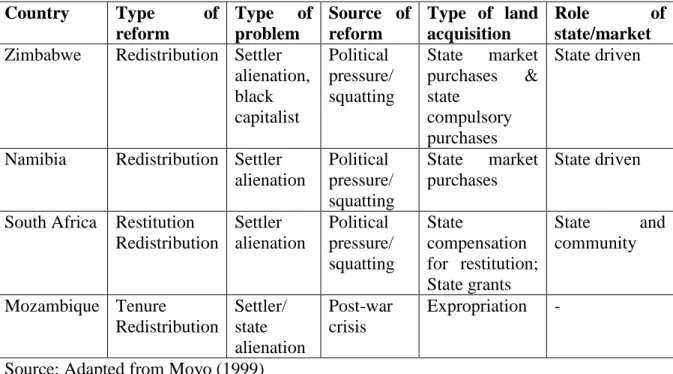
Chapter Three: Methodology
Sustainability in agriculture as a concept also involves making good use of the environment to achieve beneficial results. Political ecology builds the understanding of the connection between the sociopolitical environment of Shangani and the agricultural systems used on the Debshan ranch by the new black farmers and the white farmer. It shows that the land reform resettled the indigenous population and the white farmer retained part of the farm.
The Debshan case study enabled me to critically understand the results of the 2000 FTLRP to determine whether the new farmers and their practices or their relationship with the state and the white farmer have harmed agricultural production in Debshan. From their responses, I gained an in-depth understanding of the results of the FTLRP in Debshan and linked it to the decline in agricultural production. Using the Shangani area, I purposely selected participants from the Debshan vicinity as they were knowledgeable about the socio-political and economic activities of the area.
The white farmer represented by the management was interviewed, the contribution made the findings to be balanced as the voice of the minority was presented. The study population was 184 families who were relocated to De Beers Shangani Ranch from the FTLRP. Majority-minority issues along racial lines were also addressed as the voice of the white farmer in Debshan was also heard.
The contribution of the white farmer's voice enriched the study with a multi-perspective view of post-FTLRP agricultural production in Debshan. The majority of respondents were farmers, which included the white farmer and the newly resettled black farmers. Among the black farmers were war veterans, which gave this study a political perspective on the land reform process.
Local leaders contributed to the research. Their contribution also enriched the research because they were representatives of the state. My interview guide consisted of the key issues I was trying to uncover for the study. I used qualitative methodologies as I sought to gain an in-depth understanding of the farming strategies used by the new farmers in Debshan.
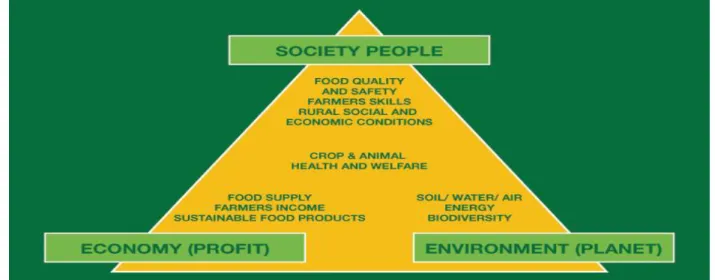
Chapter Four: Data Presentation and Analysis
Sustainability and productivity are now being disrupted by illegal miners coming from new farmers in resettled areas. New farmers in Debshan faced myriad challenges in their efforts to increase agricultural production. Most of the new farmers complained that the use of fertilizers often destroyed their crops as they found that the fertilizers "burn".
Increased agricultural production is also hampered by the lack of machinery among the new farmers. With the unavailability of proper health services, the farmers were greatly affected by the consequences of Gatshopo on the new farmers. Dry planting is a risky strategy that can both positively and negatively affect the production level of the new farmers.
Year-round cultivation would raise new levels of farmer production compared to rainfall-based practice. For young farmers, the increase in agricultural production on new farms, as the forecast claimed by the state quickly became a half-truth statement. The current situation in new farms can be attributed to the relationship these new farmers have with the state.
In Debshan, as noted by the new farmers; information and education services are not provided by the state. However, the new farmers complained that the state is not providing them with any training and information on agriculture. If the state were fully committed to supporting the new farmers, the number of officers working in the area would have increased.
In accordance with these efforts it is clear that the efforts made by the state were really to support the young farmers. However, as pointed out by young farmers as well as extension officers, not all people benefited from this initiative. Young farmers have also accepted receiving state support in the form of market facilities.
It was said that most GMB checks were three to six months late, causing inconveniences to new farmers. Little further explanation was needed as to why production levels among the new farmers fell.
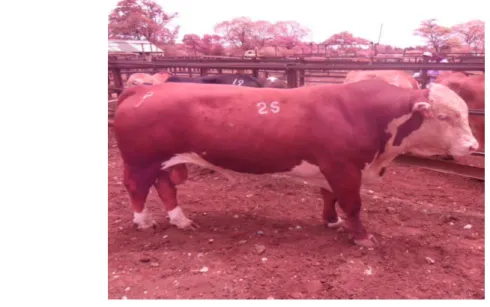
Chapter Five: Conclusions
How can these barriers be mitigated?
Do you receive any form of technical services or support from state institutions?
What is your relationship with the state like, and how does it contribute to your agricultural production?
